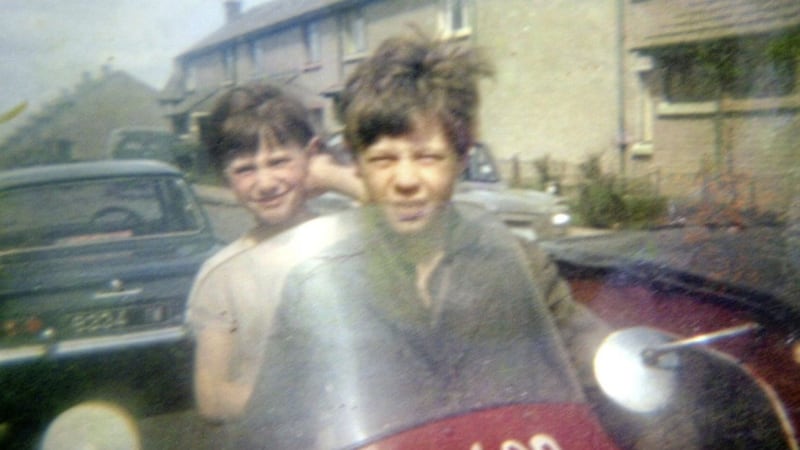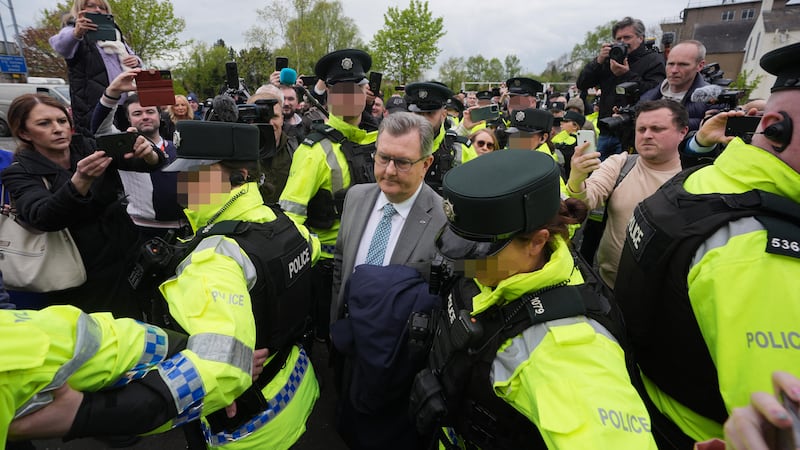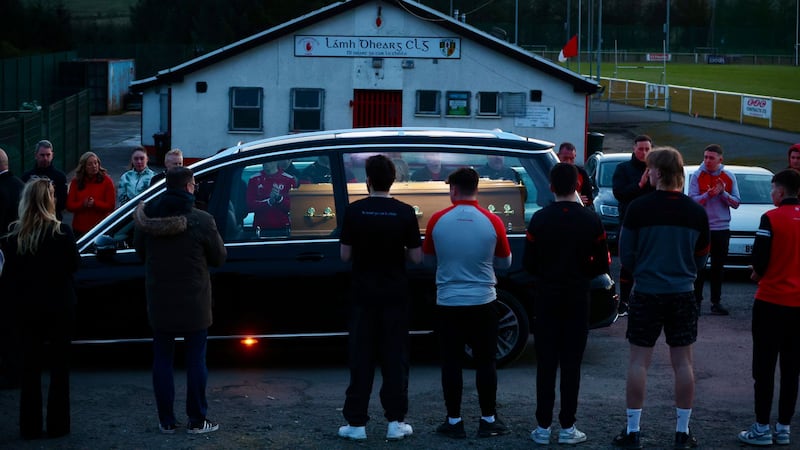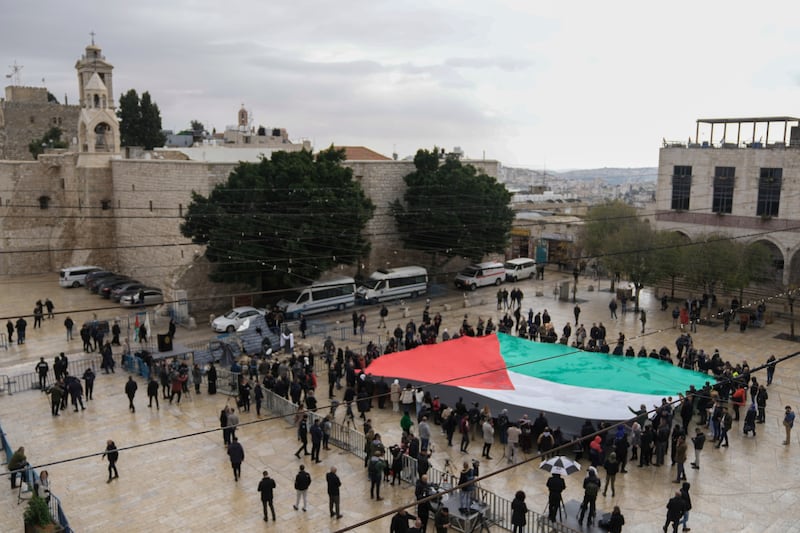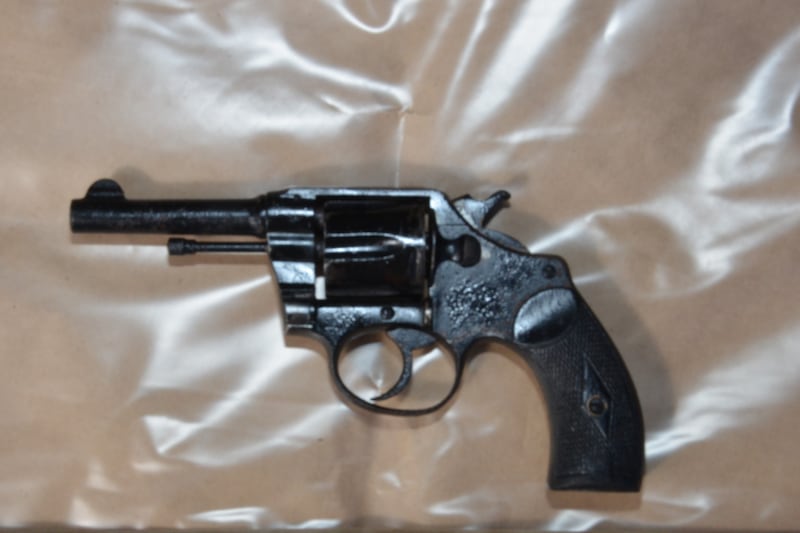A DECISION not to prosecute the soldier who shot dead a teenager in Derry 46 years ago was based on "irredeemably flawed" reasoning, the High Court has ruled.
Judges held that former Director of Public Prosecutions Barra McGrory imposed too stringent an evidential test for the killing of Daniel Hegarty.
Quashing his decision, they also ruled that a four-year delay in reaching it was "manifestly excessive, inexplicable, unjustified and unlawful".
The verdict represents victory in the legal challenge mounted by relatives of the 15-year-old schoolboy.
Daniel was unarmed when he was shot twice in the head during an army operation in the Creggan area of the city in July 1972.
In 2011 an inquest jury unanimously found Daniel posed no risk and had been shot without warning, prompting the coroner to refer the case back to the Public Prosecution Service.
But in March 2016 it was decided not to pursue charges against Soldier B, who fired the fatal rounds, on the basis of no reasonable prospect of a conviction.
According to the PPS, forensic experts were unable to state that ballistics evidence was inconsistent with Soldier B's account of the circumstances in which he fired.
Daniel's sister, Margaret Brady, then issued judicial review proceedings against the decision taken by the then director.
Her senior counsel, Michael Mansfield QC, argued that expert evidence completely refutes assertions that the bullets were fired in self-defence.
Instead, he contended, the scientific opinion backed the family's belief that it was an unlawful killing carried out at a range of less than 10 feet.
In a statement the soldier claimed to have pulled the trigger on the machine gun while it was on the ground - an account Daniel's family allege was contrived to suggest fear of a non-existent threat.
The court heard two conflicting narratives about the events leading up to the shooting.
Soldier B, backed by a military colleague, portrayed a situation where they issued clear warning as aggressive, threatening youths approached before opening fire from a distance of some 25 metres.
But in a different scenario advanced by others at the scene the youths were not warned or challenged, only becoming aware of the soldiers presence when shots rang out at point blank range.
Referring to expert evidence, Mr Mansfield contended that Soldier B's self-defence assertion lacked any credibility.
Although he accepted a conviction could not be guaranteed, the barrister nevertheless claimed a jury may establish proof beyond reasonable doubt.
Counsel for the director argued that the case was subjected to close forensic analysis, with two expert reports and advice from senior counsel.
He also stressed the high threshold required to rebut the soldier's claims, and to establish perversity in the decision-making process.
But Lord Justice Treacy, sitting with Mr Justice Colton, pointed out that the Public Prosecution Service only needs to be satisfied there is credible evidence which could be proved - not that there will definitely be a conviction.
Referring to expert conclusions provided in November 2012, he said: "Had the decision been taken at that time it seems inevitable in light of the scientific evidence and the legal advice that the director must have concluded that the test for prosecution was then satisfied."
Ruling that the director imposed too stringent a test, the judge continued: "We consider that the reasoning leading to the impugned decision not to prosecute is irredeemably flawed.
"In particular the decision of the director is founded on an unreasonable and rationally unsustainable hypothesis which is inconsistent with the case made by Soldier B."
